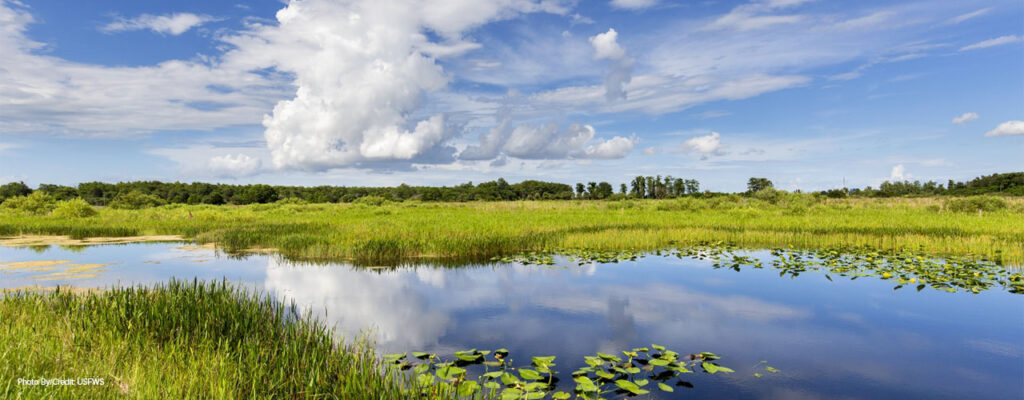Menu
Close

U.S. Fish and Wildlife Service, Region 4 (Southeast) – Fisheries & Ecological Services
The U.S. Fish and Wildlife Service’s (USFWS) Region 4 Partners for Fish and Wildlife Program (PFWP) and Coastal Program (CP) required expert assistance to strengthen strategic planning, enhance regulatory efficiency, and expand landscape-scale conservation through public-private partnerships. These voluntary programs operate across diverse ecosystems, from pine forests to priority coastal zones, supporting federal trust species, including threatened and endangered species, migratory birds, and interjurisdictional fish. USFWS needed a trusted, technically capable contractor to advance these initiatives while ensuring regulatory compliance, robust stakeholder engagement, and consistent program performance.
Lindahl Reed delivered strategic, scientific, and operational support to advance USFWS’s habitat conservation and program modernization goals. Our team worked across planning, regulatory, and partnership functions to increase program efficiency, strengthen interagency collaboration, and drive long-term ecological outcomes. Key responsibilities included:
Lindahl Reed helped USFWS modernize and strengthen two of its most important voluntary conservation programs. By combining regulatory innovation with strategic vision and collaborative delivery, we supported science-based conservation while reducing permitting burdens and enhancing alignment across the conservation community.
The Partners for Fish and Wildlife Program of the U.S. Fish and Wildlife Service employs 220 biologists, located in all 50 states and territories, who consult with landowners to help them conserve and improve wildlife habitat. Landowner conservation is important because nearly 70 percent of land in the United States is privately owned. Public and private landowners are critical partners in ensuring the health and sustainability of America’s fish, wildlife and plant species.